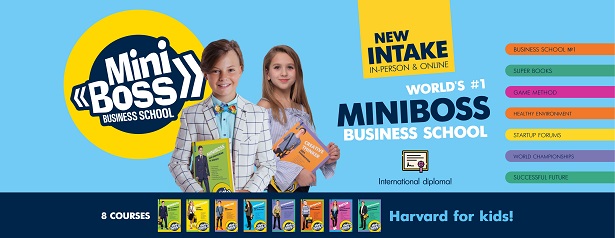That modern companies highly value innovative thinking and creativity. The problem is, how can you be creative without failing, looking stupid or repeating what others have already suggested a hundred times?
To improve your own creative thinking and innovation skills:
Create your own «Three Ifs»
Many good innovators take an existing object and ask clever questions to twist the very concept of it and make it new. Steve Jobs didn’t start with the idea of a smartphone. He just took an existing cell phone and asked a very simple question: how can we improve it to make it better – or the best?
Let’s be clear about this – there are no universal recipes for innovation, and each person should develop her or his own approach depending on specialty, interest, type of thinking, or even the type of team s/he is participating in.
Сreative thinking around three «ifs»:
- What would happen if I change it (the object/ system/ social relationship, etc)?
- What would I change or improve about this object if I wanted to use it in 10 years?
- What would I do if I had a one-million-dollar investment to improve it?
These questions can become powerful tools that can help you to think differently.
Make time for cohesive creative thinking
Every textbook on creativity affirms to the importance of setting aside clearly defined time for creative thinking and innovation. For example, Google asks its teams to allocate at least 20% of their time to creative thinking or new projects. But often, even if we show up ready to innovate, still something doesn’t work and fresh ideas fail to pop up like popcorn.Therefore, the next rule of creative thinking is very simple: allocate time – it might be an hour per day or per week – in which to exercise creative thinking about something specific.
Practice dreaming
The greatest paradox is that creative thinking is not necessarily the product of IQ or enlightenment via the proverbial apple falling on your head. It is a matter of regularly training your imagination.
All too often we stay focused on the main task at hand, devoting our mental powers to routine actions, so that at the end of the day the most creative idea we can come up with is just to finally take a break in front of the TV or computer screen. Sound familiar?
Whatever you’re doing – whether it’s work or leisure – practice spending time applying the “three ifs” formula to anything you see or imagine. This will help you get into the habit of making space in your mind for dreaming – essential for creative thinking and innovation.
Learn to pitch your ideas
There is simple truth in the fact that Steve Jobs of Apple was great at exploring and explaining innovations based on existing products – laptops, cell phones, music players. He didn’t invent those products, but he made them better and he was great at explaining why his version was superior to other competing goods.
There is an old saying, "If you cannot express your idea in three sentences – you don’t have an idea!" One of the most important innovation skills is the ability to present a very short and clear description of a new idea (two to three sentences – like shouting through the closing door of an elevator) and to make a short presentation (two to three minutes – what is called an "elevator pitch"). Like any other skill, the ability to articulate in this way can only come through much practice.
Bounce ideas off others
Even a great innovator needs people around her or him to discuss – or "bounce" – new creative ideas and innovations. What do the major innovative ideas of our time have in common, from Microsoft to Google? All of them were created by teams of people who stayed together to conceive the idea, plan their innovative projects, take them to investors and the public, and most importantly jointly brainstorm those innovations within the team – bouncing ideas, questions and improvements until the product was perfected to become the next multi-billion dollar "eureka"
Therefore, a final important asset to add to your innovation skillset, is the ability to be a valuable team player, capable of bouncing ideas to the next level.
Watch Ken Robinson’s 20 minute video on Creativity in Education:




